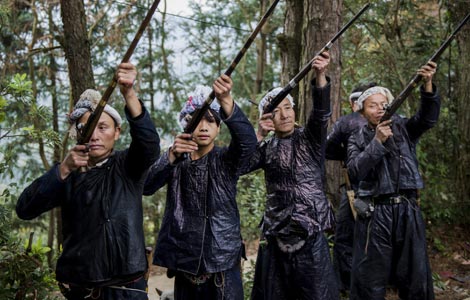Evidence of warriors'protection set in stone
Updated: 2013-12-21 01:45
By Ma Lie and Lu Hongyan in Xi'an (China Daily)
|
|||||||||
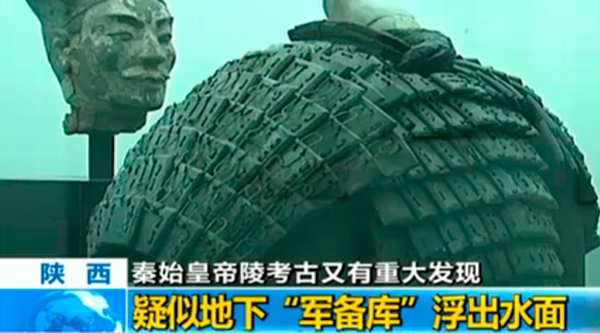 |
|
A video grab shows a set of stone armor unearthed from the mausoleum of Qin Shihuang, founding emperor of the Qin Dynasty (221—206 BC), in Xi'an, Shaanxi province.[PHOTO BY CCTV] |
Archaeologists have found what they believe to be an underground arsenal in Xi'an, the capital of Shaanxi province, at the mausoleum of Qin Shihuang, founding emperor of the Qin Dynasty (221-206 BC).
The Emperor Qin Shihuang's Mausoleum Site Museum in the city's Lintong district says archaeologists excavating a burial pit at the cemetery have found many examples of stone armor and helmets.
Some of the stone armor has been repaired, Zhang Weixing, deputy director of the museum's archaeology department, told China Daily.
"You can see that every flake of the stone armor is linked by thin bronze strands and it can roll and flex, providing free movement for the ancient soldiers who wore it.
"From one repaired stone helmet, you can see that every stone flake has a different radian, meeting the contours of the wearer's face, and the part of the helmet near the wearer's shoulder has a curved recess, matching the structure of the human body," Zhang said.
After examining the newly discovered relics, the archaeologists said they may have unearthed an underground armory next to the emperor's tomb.
The pit, about 200 meters southeast of the mausoleum, is 130 meters long from west to east and 100 meters wide. Occupying 13,000 square meters, it is the largest burial pit found inside the mausoleum.
After a trial excavation of the pit, the archaeologists found many stone flakes linked with thin bronze strands, which could be repaired to form 87 pieces of armor and 43 helmets.
Experts said the armor and helmets were probably cut from large stones and then fine-sanded to make the thin flakes. Holes were then drilled into the flakes and they were linked by bronze strands.
The armor mainly consists of two large pieces, protecting the ancient soldiers'chests and backs, and some pieces also cover the arms and shoulders.
The helmets are 30 cm high, from the top of the head to the shoulder.
Experiments completed by the archaeologists show that it would have taken a man, working eight hours a day, between 344 and 444 days to complete a piece of armor comprising 600 stone flakes.
"There are more than 5 million flakes in the pit, and from these we know that the manufacture of the stone armor and helmets required a huge amount of labor in ancient times," Zhang said.
Experts think that more than 1,000 pieces of armor and helmets will be found if the whole pit is excavated.
The archaeologists also found some stone armor for horses and some bronze parts for horses and chariots.
Experts said the texture of the newly discovered relics is very different to that of the Terracotta Warriors and Horses.
"The production technique for the stone armor is much more sophisticated," Zhang said.
Historical data show that armor and helmets were mainly made from leather during the Shang Dynasty (c. 16th century -11th century BC), Western Zhou Dynasty (c. 11th century-771 BC) and the Eastern Zhou Dynasty (770-256 BC).
The stone armor and helmets made in the Qin Dynasty using advanced manufacturing techniques will provide significant information for studying social and technical developments in ancient times, experts said.
Zhang said some of the newly discovered armor was scale armor used by high-ranking officials and thought to have been made during the Western Han Dynasty (206 BC-AD 24).
The Qin Dynasty was China's first unified dynasty, with Qin Shihuang (259-210 BC) its founding emperor.
Construction of his mausoleum took 37 years.
The Terracotta Warriors and Horses were found in 1974 and the museum was built in 1979.
Contact the writer at malie@chinadaily.com.cn
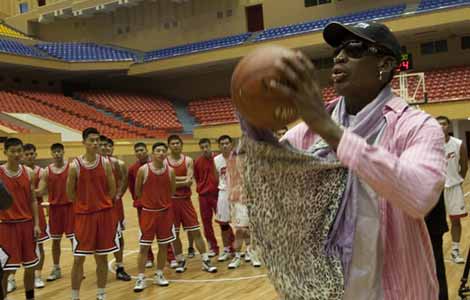
 Rodman trains basketball palyers in DPRK
Rodman trains basketball palyers in DPRK
 New York mulls banning e-cigarettes
New York mulls banning e-cigarettes
 Climbers soar to new heights
Climbers soar to new heights
 Reading China's future through its past
Reading China's future through its past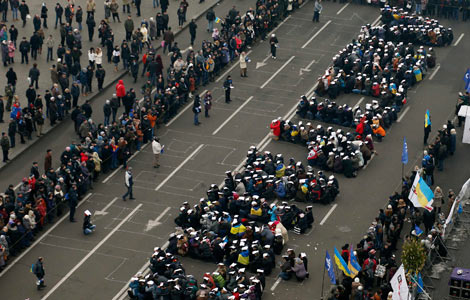
 Yanukovich offers Ukraine protesters nothing
Yanukovich offers Ukraine protesters nothing
 Former NBA player may coach in DPRK
Former NBA player may coach in DPRK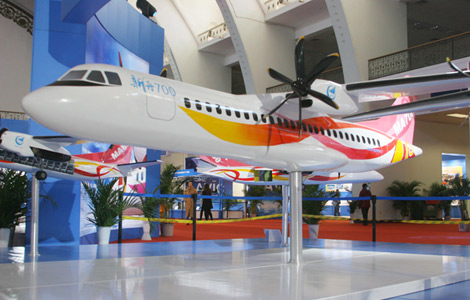
 AVIC unveils plan for next-generation regional aircraft
AVIC unveils plan for next-generation regional aircraft
 Misses International shine in Tokyo
Misses International shine in Tokyo
Most Viewed
Editor's Picks

|

|

|

|

|

|
Today's Top News
Obama nominates Baucus as ambassador to China
China rejects US GM corn shipment
China, US start annual trade talks
New York mulls banning e-cigarettes
Verizon plans more data-request disclosures
88 injured in London theater collapse
'Deportation relief' important to Asian Americans
Reading China's future through its past
US Weekly

|

|


